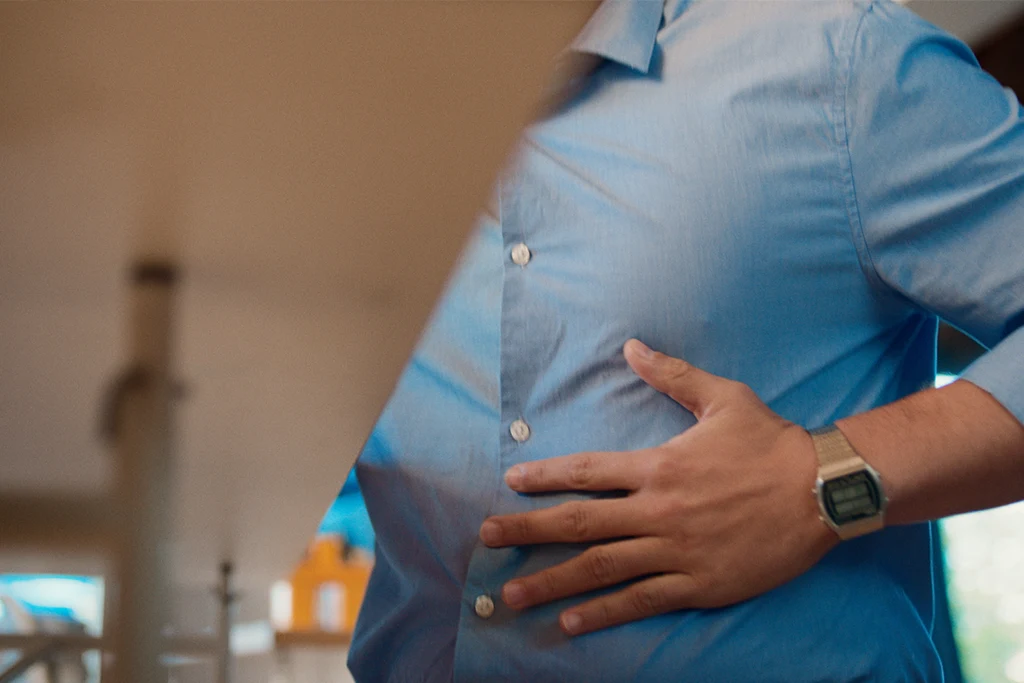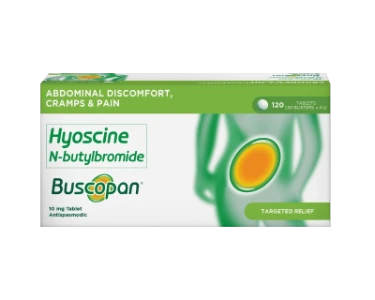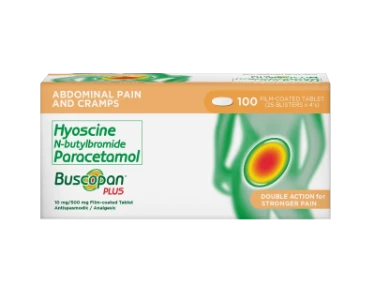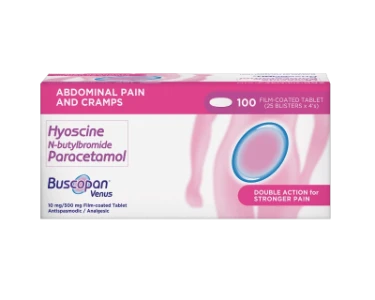Premenstrual syndrome is a set of mental and physical symptoms that appear during ovulation, the luteal phase of the menstrual cycle, and usually disappear at the end of menstruation. More severe cases develop into Premenstrual Dysphoric Disorder (PMDD). The exact cause of mood disorders remains unclear but is suspected to be hormonal fluctuations, particularly in estrogen and progesterone levels, together with neurotransmitter dysfunction.
Research also suggests that genetic factors, lifestyle, and stress may play a role in the severity and onset of PMS symptoms. Around 20-30% of women experience significant PMS symptoms, with 3-8% suffering from PMDD, which can severely impact daily functioning.
When does premenstrual syndrome start?
The onset of premenstrual syndrome usually coincides after ovulation and lasts until the beginning of menstruation. During this phase, many people experience various symptoms, such as mood swings, bloating, fatigue, and menstrual cramps. These symptoms usually subside by the end of menstruation. Consequently, symptoms are absent between menstruation and ovulation, providing a symptom-free interval. Understanding this cyclical pattern can help to manage and anticipate discomfort, such as stomach cramps, associated with the symptoms of premenstrual syndrome.
What are PMS’ causes?
Although the exact cause of PMS is not clearly defined, it is assumed to be caused by a hypersensitivity to the hormonal fluctuations that occur during the menstrual cycle. For example, levels of estrogen and progesterone rise and fall, which can affect the neurotransmitters in the brain responsible for mood regulation. In addition, lifestyle factors such as stress, lack of exercise, and poor diet can aggravate symptoms. Some women may experience severe headaches, bloating, or mood swings, while others may struggle with chronic fatigue syndrome, irritability, and menstrual cramps. These examples illustrate PMS's varied and complex nature, making it difficult to understand and treat.
Menstrual cramps: Why does premenstrual syndrome cause stomach cramps?
Hormonal fluctuations are a significant factor in premenstrual syndrome symptoms, often causing uncomfortable abdominal cramps. These cramps, commonly known as menstrual cramps, are caused by prostaglandins, chemicals that induce the uterus to contract. This contraction process is necessary for the shedding of the uterine lining, but unfortunately, premenstrual syndrome causes cramping and gastrointestinal discomfort. The severity of these symptoms can vary from person to person: some experience mild discomfort, while others experience severe and debilitating pain. In addition, these hormonal changes can also influence other aspects of digestive health, such as bloating, gas, and changes in bowel habits, further complicating the experience for many people.



.webp 0w)
.webp 0w)




.webp)

.webp)





